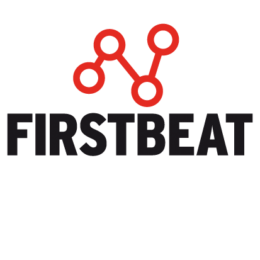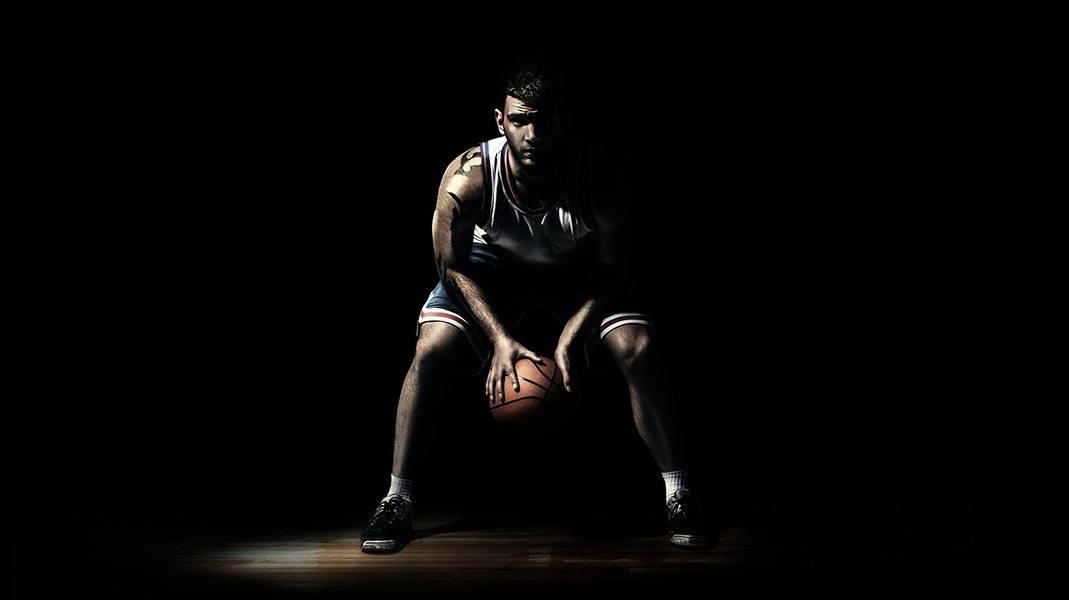
As part of the Firstbeat Sports webinar series, Sean Conaty of the University of Eastern Michigan delivered his insights into the practical side of using data to enhance performance for NCAA men’s basketball players.
Early in his Putting Recovery Data to Work presentation, Sean outlined the different methodologies he utilizes to quantify and capture recovery data from their team.
The following is an excerpt from that presentation, you can watch the entire webinar here.
How do we Quantify Recovery?
Well, obviously, our most objective measure with Firstbeat’s Quick Recovery Test (QRT). For us, that’s our gold standard, and looking at heart rate, heart rate variability, and seeing which athletes are more parasympathetic driven and which athletes more sympathetic driven.
So, that 3-minute Quick Recovery Test that we utilize gives us a lot more variables and data than just the current recovery percentage. We also track HRV through [the athlete’s] RMSSD number. I will also track their minimum heart rate and their average heart rate.
Firstbeat does us a great job giving us a screen and showing right away what our team percentage is, what our individual athlete’s percentages are, so we can intervene [on a particular day] if need be.
With RMSSD, and looking at resting heart rate, as well, that’s something that we export into our own database and track longitudinally, because we see a lot of value in that.
We also do a countermovement jump (CMJ) test using the Just Jump matt. We used that more heavily before we started using Firstbeat, but it’s still a part of what we do and has its role in our system. [It gives us] another objective measure for player readiness, where their autonomic nervous system is. [It helps to have] two objective measures of readiness, cross-referencing them to get a better indicator of the state of that athlete.
It’s not just about objective measurement, though.
We still utilize a subjective measure in the form of a wellness questionnaire. Again this is something that we used a lot more before we started using Firstbeat. Before gaining access to objective measurement tools, we relied completely on subjective measures. And for me, subjective measures still have a part in our ecosystem, because it provides context for the objective measurements that we get.
Whether it’s a QRT, whether we’re looking at RMSSD, whether we’re looking at just the counter movement jump, a subjective measure is going to provide us more context to why the athlete is in that current state of readiness.
Obviously, every athlete is going to have a different orthostatic load. It’s very easy for us to control load in the weight room, to prescribe certain practice loads, but everything else that goes on in life we don’t have a whole lot of control over that, so we need context to see how the athletes are sleeping, what their nutrition is like, academic stress, social stress all these kinds of things.
So again, the subjective measure paired with a countermovement jump and with our QRT, and our heart rate variability variables are all very important.
If you liked this article, you should subscribe to our mailing list.
You might also be interested in
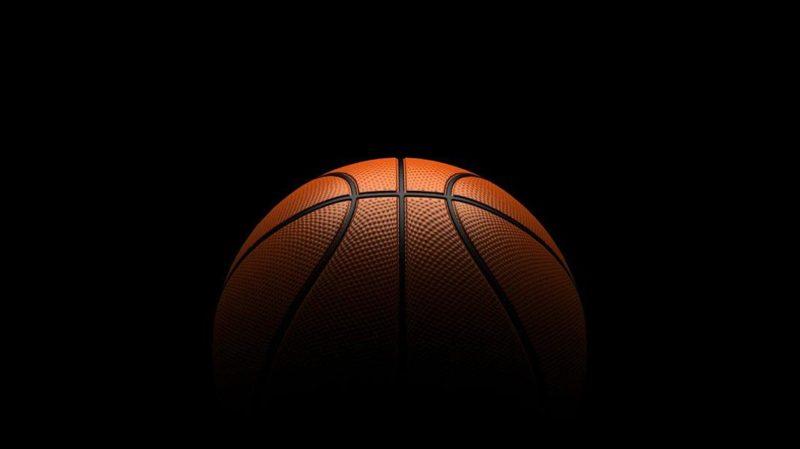
NCAA Basketball: Challenging Players With the Right Training Load
The ability to track intensity and quantify training loads using technology plays a big role in today’s game, giving team experts the ability to see in specific terms how individual athletes are impacted by training and how they respond at a physiological level.
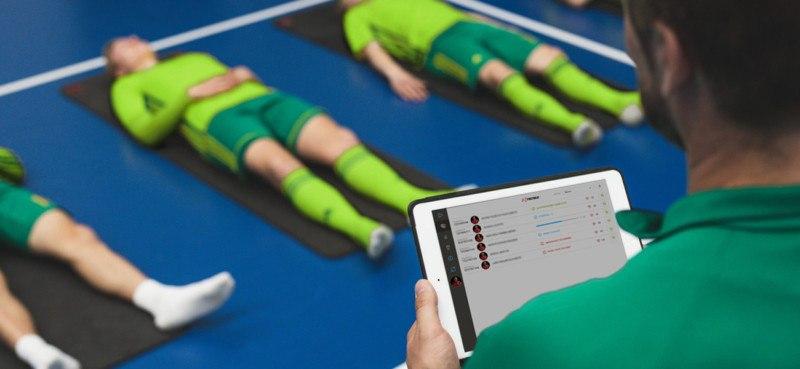
Good Recovery, Better Performance: Why Monitor Recovery in Team Sports?
The use of Firstbeat Bodyguard sensor allows 24hrs measurements to detect how other factors than training are affecting on recovery.
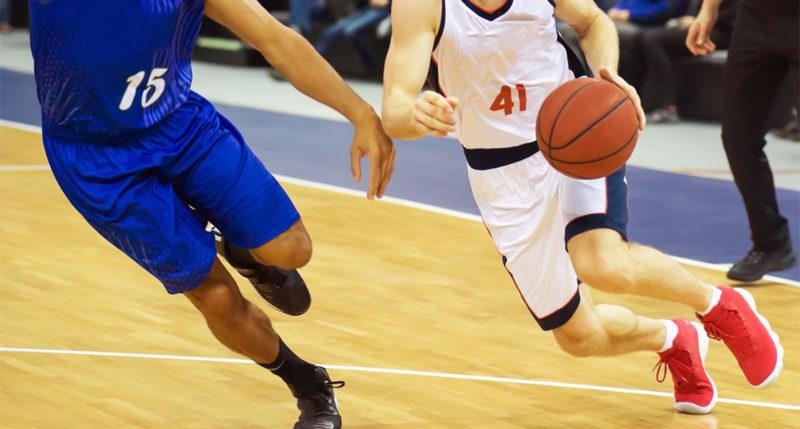
University at Buffalo: Firstbeat Sports Analytics in Division I NCAA Basketball
The Buffalo Bulls Director of Sports Performance reveals how the reigning MAC champions use Firstbeat Sports.


